Put together a top ten list of the world’s best custom bike builders, and Auto Fabrica would have to be in there. The London-based shop has a distinctive signature style, with coachbuilt bodywork draped over minimal mechanicals.
Until now, Auto Fabrica have only worked on classic machines. But they’ve attracted the attention of the manufacturers, and Yamaha has now commissioned a pair of Yard Built customs based on the XSR900—and for good measure, a third prototype built around a 1976 XS750 [below].
The Type 11 project kicked off when Yamaha Europe executive Shun Miyazawa sent over a pre-production prototype of the XSR900, just before it was revealed at the 2015 EICMA show. The final factory design had been locked down, so Bujar, Gazmend and Toby were free to do what they liked with the bike.
“We told Shun we would do something modern with the design,” they say. “It worked out well for us because we scanned the XSR900 early, and did a form study—knowing that we’d be getting a road legal version a few months later.”
When the second XSR900 arrived, the lads decided to make this factory production bike a ‘real world’ build. Instead of going to town on it, they’d make it street legal, with a limited custom run in mind.
And then the chance to build a third machine arose. Yamaha had a 1976 XS750 in their design studio, and sent that across the English Channel too.
Three is a record for the number of Yard Built bikes released from a single workshop in one hit, but there’s no drop in quality here. Despite Shun Miyazawa moving across the Atlantic to join Yamaha USA, the concepts, lines and craftsmanship are all outstanding.
With the Type 11, Auto Fabrica have taken their skills to the next level. So let’s take a look at each member of the family in turn.
PROTOTYPE ONE This is the first contemporary motorcycle to come out of the Auto Fabrica workshop. “It was destined to be radical and diversifying,” the crew tells us.
It’s a pure concept design, influenced by styling from the twin worlds of auto and motorcycle racing. Which is apt, since P1 is designed as a track machine first and foremost. With no numbers on the chassis, it could never be registered for the road.
The design and build process started with traditional 2D sketching, but quickly moved on to CAD design and engineering. Rapid prototyping and machining followed; digital and physical mock-ups permitted on-the-spot tuning to ensure the bike retained the critical Auto Fabrica DNA.
The biggest mechanical upgrades are to the suspension. Öhlins modified a set of their FGRT forks, shortening them 50 mm to aid the stance of the bike without compromising handling qualities, and supplying them with an all-black finish. They’re hooked up to custom billet aluminum yokes.
At the rear is a bespoke Öhlins STX45 shock, which lowers the back end just a little—enough to retain a slightly nose-down stance.
The wheels are carbon fiber hoops from BST, to reduce unsprung mass, and shod with sticky Diablo Supercorsa V2 tires. The braking system is also upgraded, with PFM floating 330mm front discs and Brembo brake calipers.
With 115 horsepower on tap, there was little need to modify the 847 cc DOHC triple engine. (The stock XSR900 weighs a mere 430 lb—200 kg—wet, too.)
But Auto Fabrica have freed up the breathing a little, fitting K&Ns on the intake side and a spectacular 3-into-3 stainless steel exhaust system, with a Zircotec thermal barrier ceramic coating.
The most unusual feature is the front fairing, which segues into the tank unit despite having ample openings for the Renthal clip-ons. It’s an extreme styling approach, but the effective is elegant and aerodynamic. Right behind is a carbon fiber race-style seat unit, upholstered with Alcantara.
Other components have been produced in a carbon fiber and nylon composite using a state-of-the-art Markforged X3 printer—making them 20% stronger and 40% stiffer than typical ABS plastic.
PROTOTYPE TWO Destined to be the road going version of P1, Prototype Two adapts the structure, form and integrity of the track-focused first bike and adds the niceties required for the road.
The flushed-in headlight enhances the classic lines, and at the back, there’s another Auto Fabrica signature design: the slatted taillight.
Prototype Two is the Type 11 that will be built to order, tailored to the requirements of the client.
Virtually unlimited options will be available for color, materials and finishes: Auto Fabrica’s CAD and 3D printing facilities make it relatively easy for them to offer extreme customization.
PROTOTYPE THREE “This build started after the first two prototypes went into design and development,” Auto Fabrica reveal. “But it was instrumental to the evolution of both.”
Based on the iconic 1970s XS750 triple, P3 is beautifully sculpted, organic and minimal—but with a traditional tubular frame, feels even more ‘classic’ than the other two prototypes.
The fairing is smaller this time, and mounted onto the forks—allowing it to sit extremely close to the front wheel, as if in an idealistic rendering. And unlike on the two newer bikes, the little fairing does not flow into the teardrop tank.
Which, if you look closer, is actually a one-piece monocoque that includes the seat and tail unit.
The signature hand-bent exhaust piping is all present and correct, with impossibly perfect curves. This time, the K&Ns are left on the bench, and a set of 3D-printed velocity stacks have been added to the intakes.
It’s as close to the classic ‘ideal’ of a motorcycle shape that you can get, while still remaining roadworthy—and incorporating all the design cues that have made Auto Fabrica one of the most acclaimed builders on the custom scene.
Kudos to Bujar, Gazmend and Toby for creating not one, but three incredible machines tied together by a clear conceptual design.
If you’re in London, you can see them in the metal at the Iris Studios in Chelsea until the end of Saturday, and then at the Bike Shed Motorcycle Show at Tobacco Docks, from 25-27 May.
Auto Fabrica | Facebook | Instagram | Yamaha Yard Built
from Bike EXIF https://ift.tt/2qM5Kkk
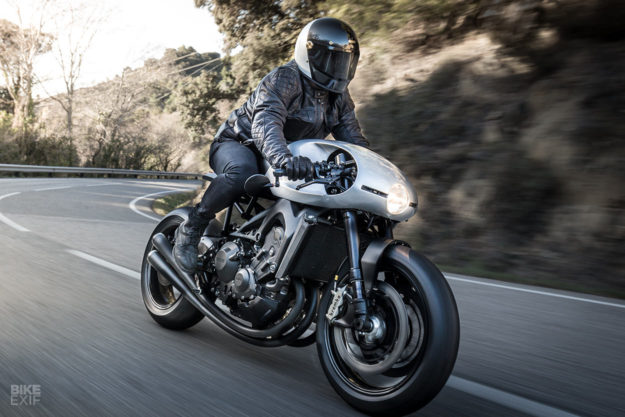
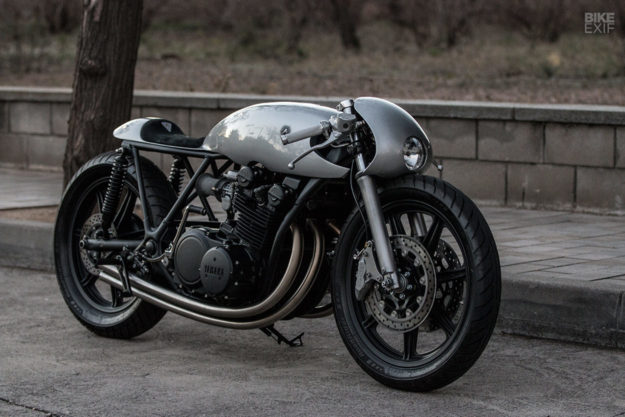
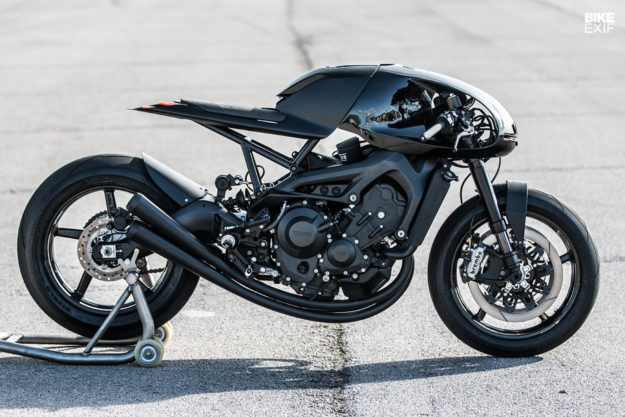
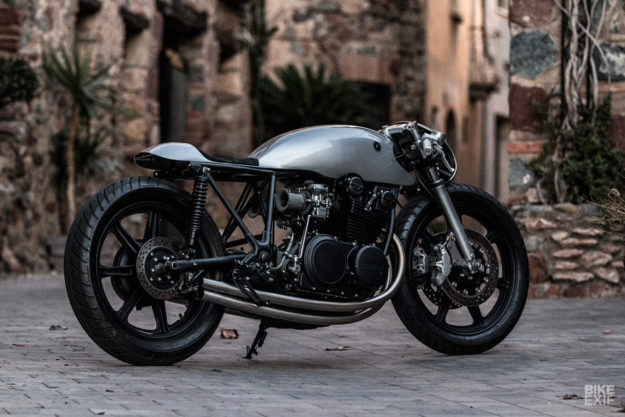
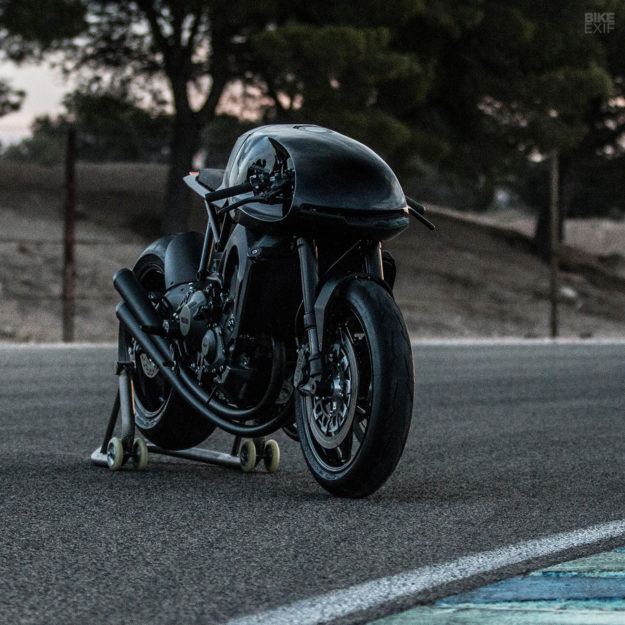
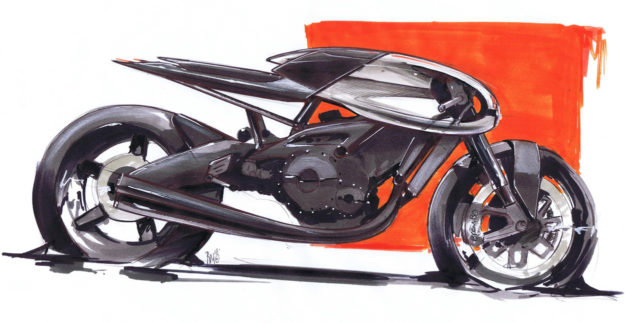
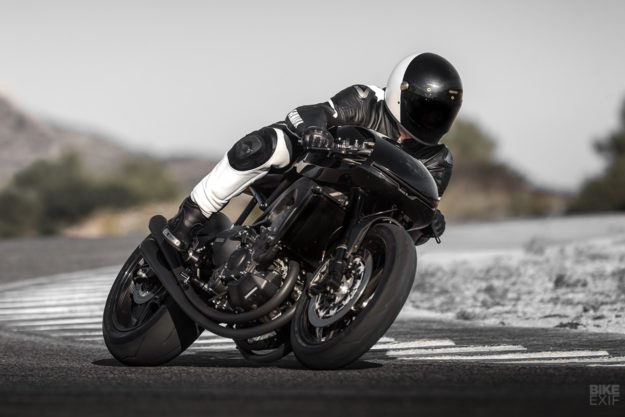

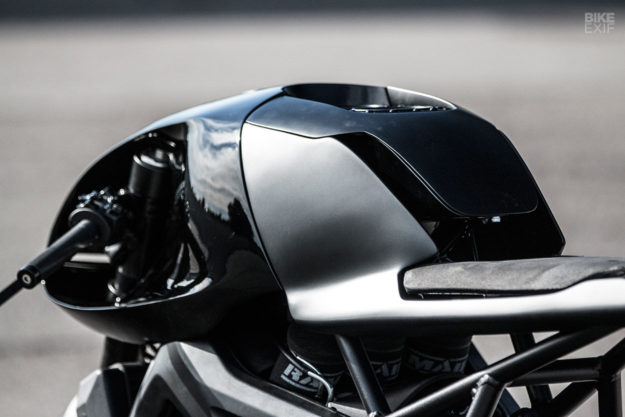

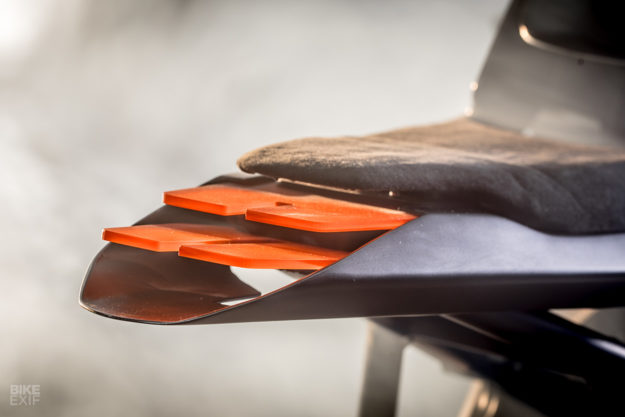
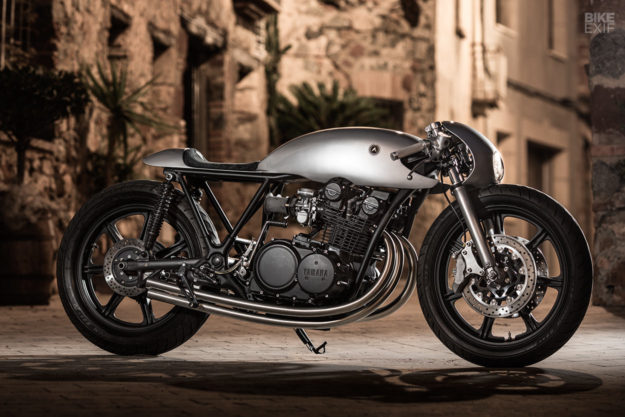

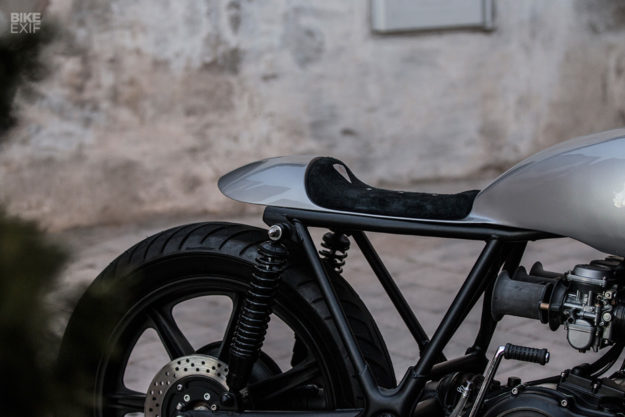
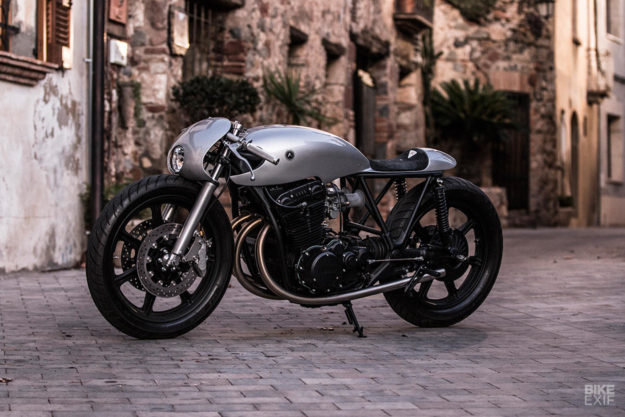
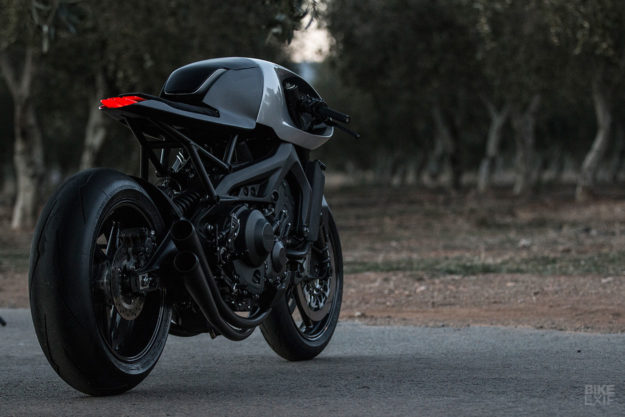
No comments:
Post a Comment